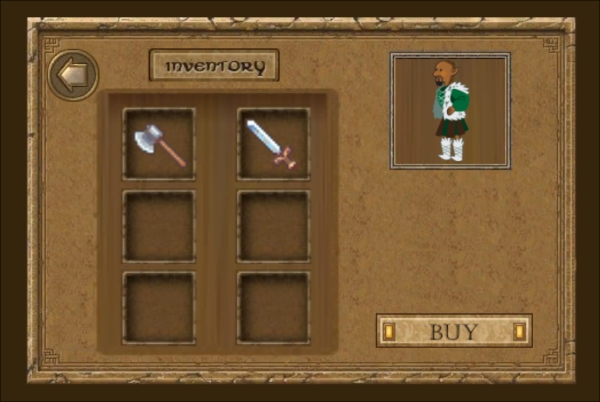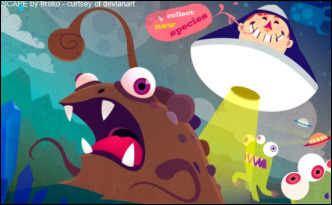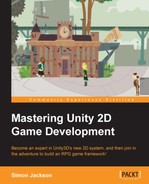Arguably, the most important part of any project is knowing where to start and what tools you have in your war chest before setting out to make your game. Here, we will walk through all the new features of the 2D system that were introduced in Version 4.3 of Unity.
Since this is the first chapter, let's cover how this book is structured. The main aim of this book is to build a fully functional Role Playing Game (RPG) style game framework and cover all the main aspects of any good and well-rounded RPG game, including the following features:
- Character development and setup
- Building your main game view
- A wider world view
- Events and encounters
- Shopping and inventory systems
- Battles
- Skills, experience, and leveling
We will be visiting places such as the following:
- Your home town, as shown in the following screenshot:

- The local shop, as shown in the following screenshot:

- The outside world, as shown in the following screenshot:

- Battling goblins in the dark forest, as shown in the following screenshot:

In this chapter, we'll walk through what's available in the new 2D toolkit and talso what else Unity added to the toolset in 4.3. Then, kick off the next chapter with building the foundations of our project with some of the best practices in the industry, including guidance from the Unity team themselves (either direct from team members or from responses in the forums).
The following topics will be covered in this chapter:
- Overview of the new 2D system
- Rundown of the additional improvements in 4.3
Since creating games can become quite expensive these days, we'll use some of the best free assets out there. There are plenty of resources available to the game developers these days either as placement assets for the developer's use, whether they are full assets, or just a framework that you can tweak to get your desired result. There are a multitude of options.
Some of the best sites to gather assets are described as follows:
- Art: Art, especially 2D art, is generally easy to find on a budget; particularly for the placeholder art until you buy or create your own for the finished product (although I've seen many games created with some of these assets). Some good sites to start with are http://opengameart.org/ and http://open.commonly.cc/.
- Audio: Right sound is a lot trickier to get. Free sites are okay, but they generally don't have the right sound you will want or you will end up digging through hundreds or more sounds to get a close match. A good website to start is at http://soundbible.com/.
Some sites just hold a general collection of assets instead of specializing in specific areas. The best site for this, as everything is almost guaranteed to be free, is http://search.creativecommons.org/.
For an even wider list of resources, refer to the following blog post that is updated frequently with what's out there:
http://darkgenesis.zenithmoon.com/monster-set-of-free-resources-for-game-design/

